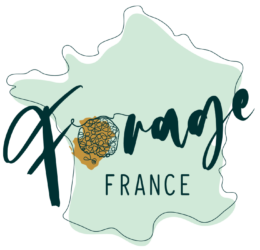One of the most common and prettiest of the garden butterflies, the peacock butterfly is found throughout England and Wales but less so in Scotland.
They lay their eggs in sets of up to 500. When the caterpillars hatch they weave or spin a communal web, where they stay living together and feeding together. Gradually as they grow the caterpillars move more and more into the open.

They pupate alone and emerge in July to spend a frenzied time in the search for food ready for a winter hibernation. Emerging again in spring they’re ready to mate and continue that circle.
The caterpillars feed on those lovely plants called nettles. More information about nettles can be found here…

As you can see in the video, the peacock butterfly is brightly coloured. It’s name refers to the big peacock feather like black spot it has on each wing. Those spots are trying to mimic the eyes of a bigger predator so it is not predated itself.
It’s underside is almost black and when the wings are closed this makes for extremely good camouflage.
I hope you enjoy looking at these beautiful butterflies as much as I do.






